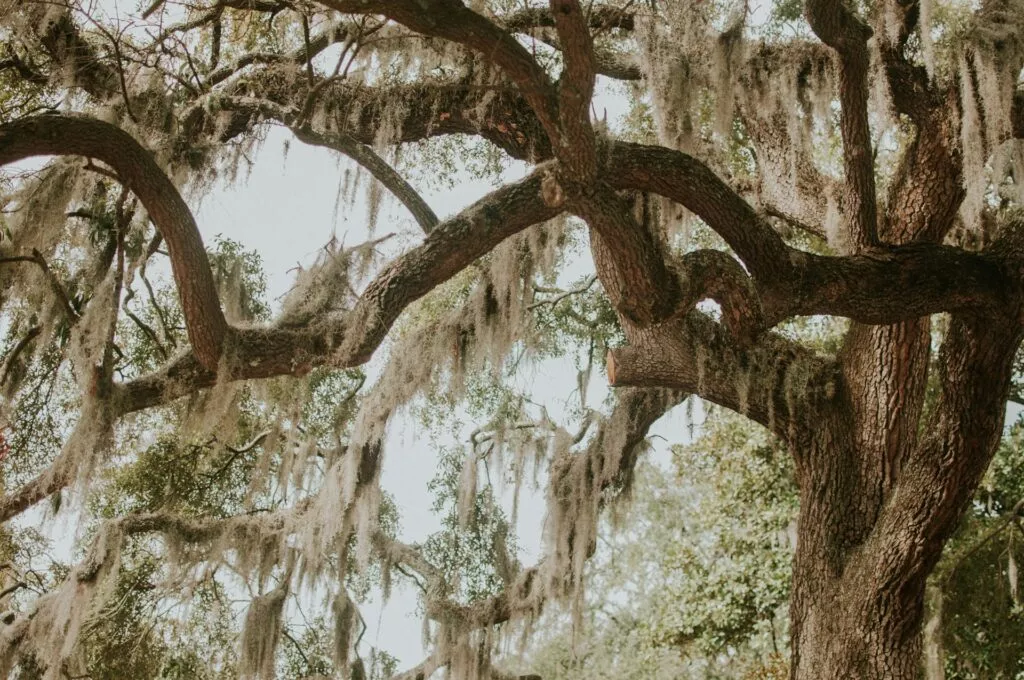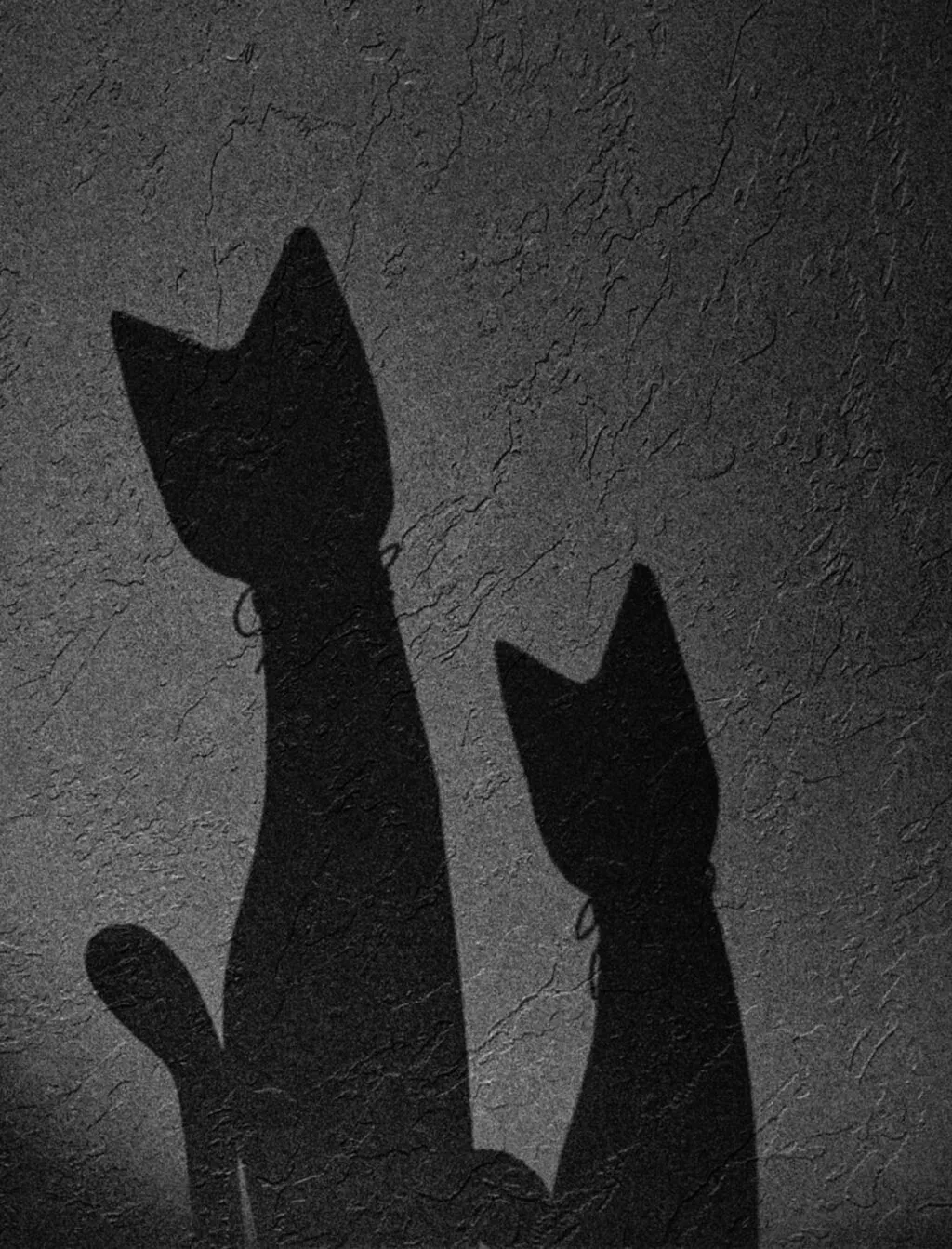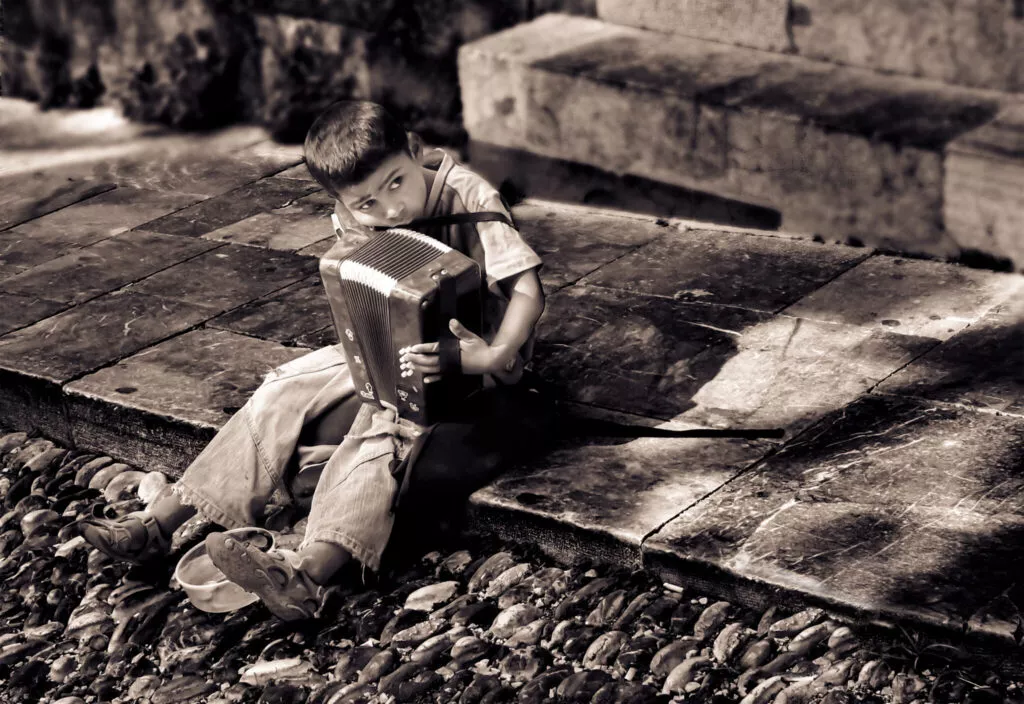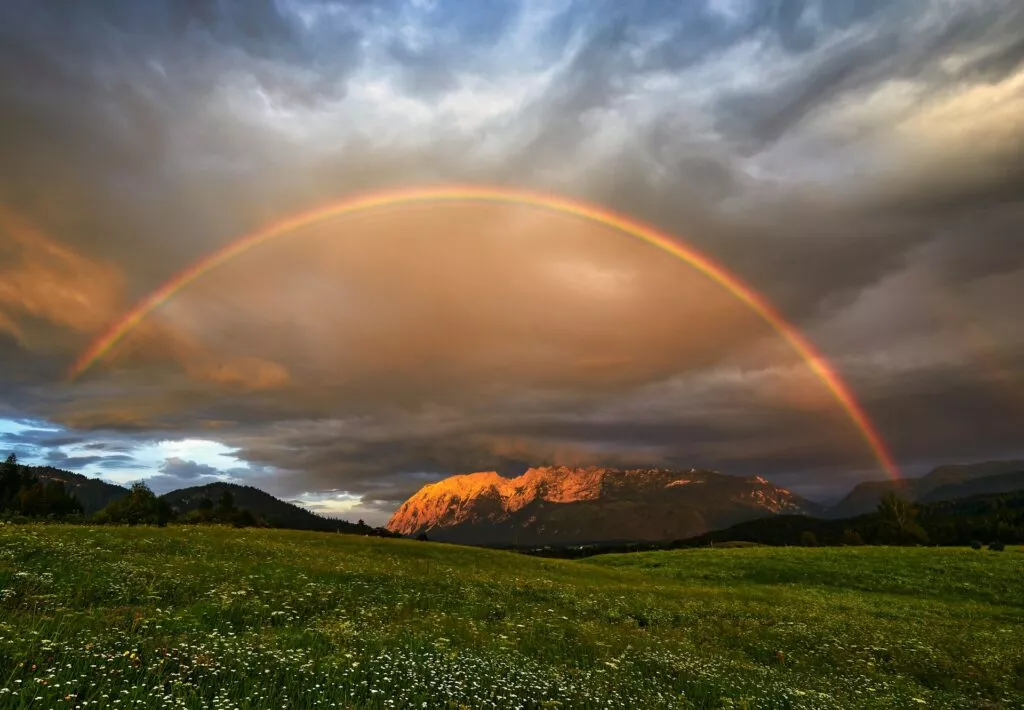More often than not, when I encounter articles outlining steps designed to help the reader become a better photographer, the specific steps are of a technical variety. They deal with focusing and composition and choosing the right metering mode and other such concerns that go into crafting a good photograph.
There’s no denying the importance of these topics. The fundamentals are fundamental for a reason, and you should familiarize yourself with the basic technicalities of photo making.
Technicalities, though, can only bring so much satisfaction to a photographer who strives to create meaningful work. So if you’ve got all the technical stuff figured out but you’re still wondering how to push yourself to the next level, I have a few ideas for you.
Find Your Inspiration
When you think about inspiration it’s likely your first inclination is to start compiling a mental list of other photographers whose work moves you. This is definitely a legitimate option, but you might try broadening your scope some. Listen to your favorite musicians or watch your favorite films; spend time with a person or in a place that inspires you. Anything to get your creativity flowing. No matter where you find your inspiration, the most important thing you can do for yourself is to follow through; so when that epiphanic moment strikes, act on it.
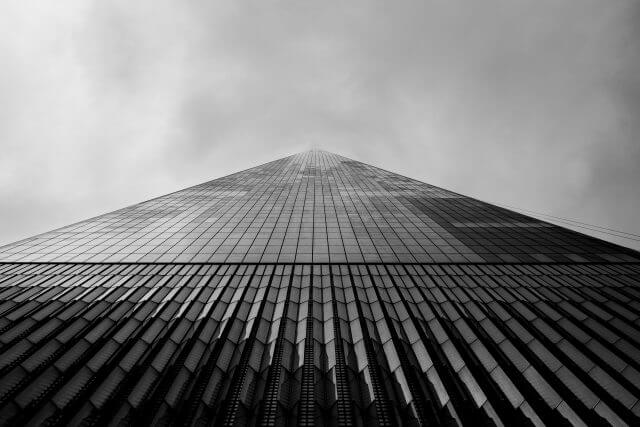
Tell Your Own Story In Your Own Style
I suppose posting vacation selfies and pictures of what you’re eating for brunch could be construed as telling your own story, but that’s not really what I mean in this context. One of the characteristics of lasting photography is that it is readily associated with its creator. You know (or at least have a strong inkling of) a Richard Avedon photo when you see it; the same goes for Sally Man or Saul Leiter or Annie Leibovitz.
While it’s perfectly acceptable to be inspired by the work of giants, your goal shouldn’t be to become a carbon copy of them. Even when you’re using your camera to tell others’ stories you’re filtering their experience through your lens (literally and figuratively). Learning to communicate your vision in your own way will help ensure, once you find your audience, that your work stands out and remains relevant.

Break The Rules And Experiment
Photography comes with its own assortment of rules, guidelines and best practices, as does any other creative pursuit. Getting a firm grasp of the fundamentals is a must if you want to be, at the very least, a technically proficient photographer. Knowing the rules and how to apply them is what sets you on the right course, but as you proceed to master the basics you will probably experience a certain amount of apprehension about what you’re doing.
Embrace that feeling. Being uncomfortable just means you're growing. Now is the time to start experimenting and breaking the rules. Exactly how you go about this is up to you; don’t place any limitations on yourself, but continue to learn and seek out inspiration and good advice from others.
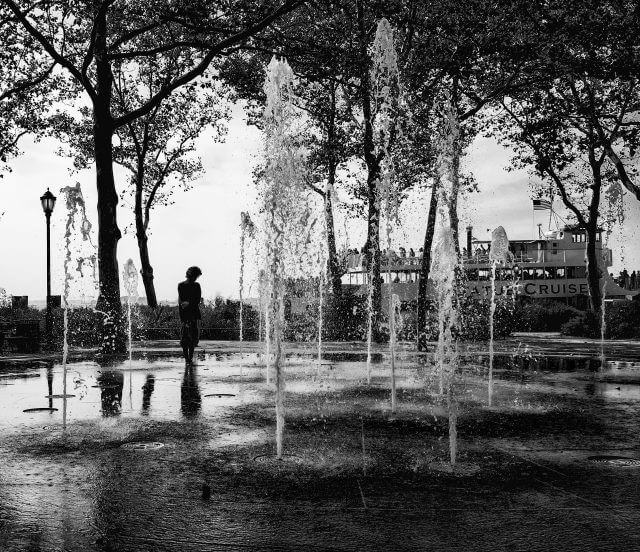
Final Thoughts On The Non-Technical Route To Better Photography
Following the path outlined above, you will eventually discover that you’ve come full circle: as you experiment you will feel inspired, which will encourage you to further flesh out your personal style, which will precipitate more experimentation.
Surely, basic photography skills can be taught. Can the more abstract components of the photographic process be taught? I don’t see why not. I do believe, however, that how effectively these skills are put to use is what ultimately separates a decent photographer from a good one and a good one from a great one.
Use basic technical skills as a foundation and then joyfully color outside the lines as you build your artistry.

